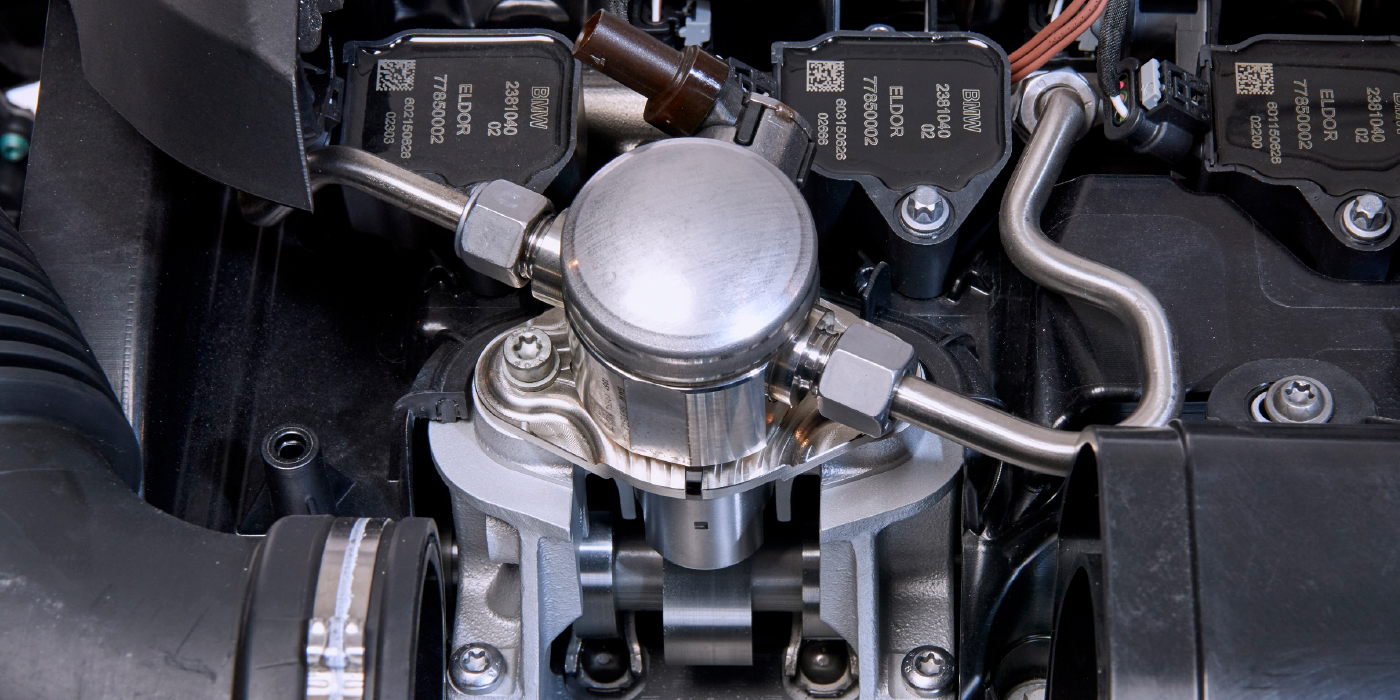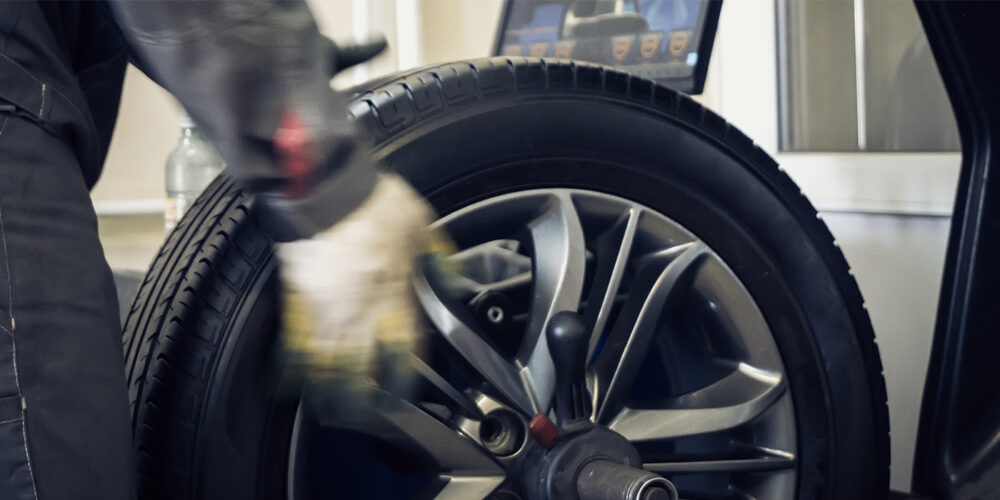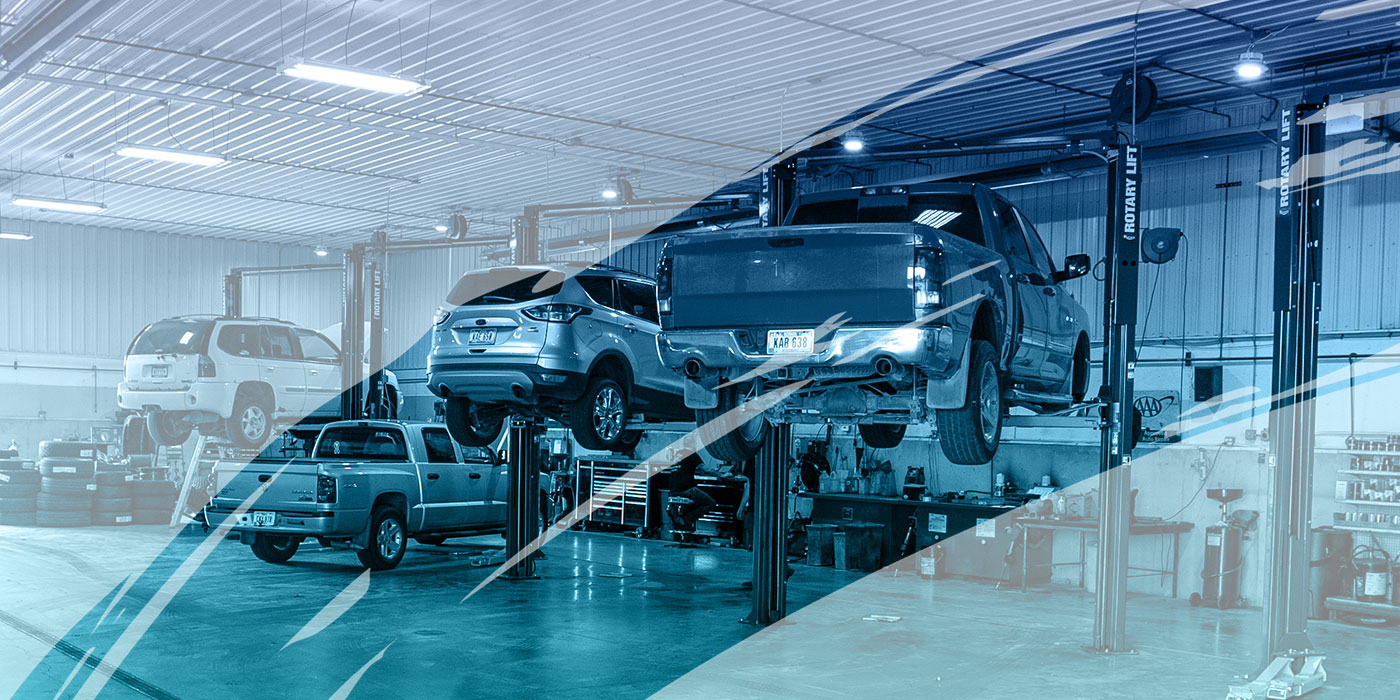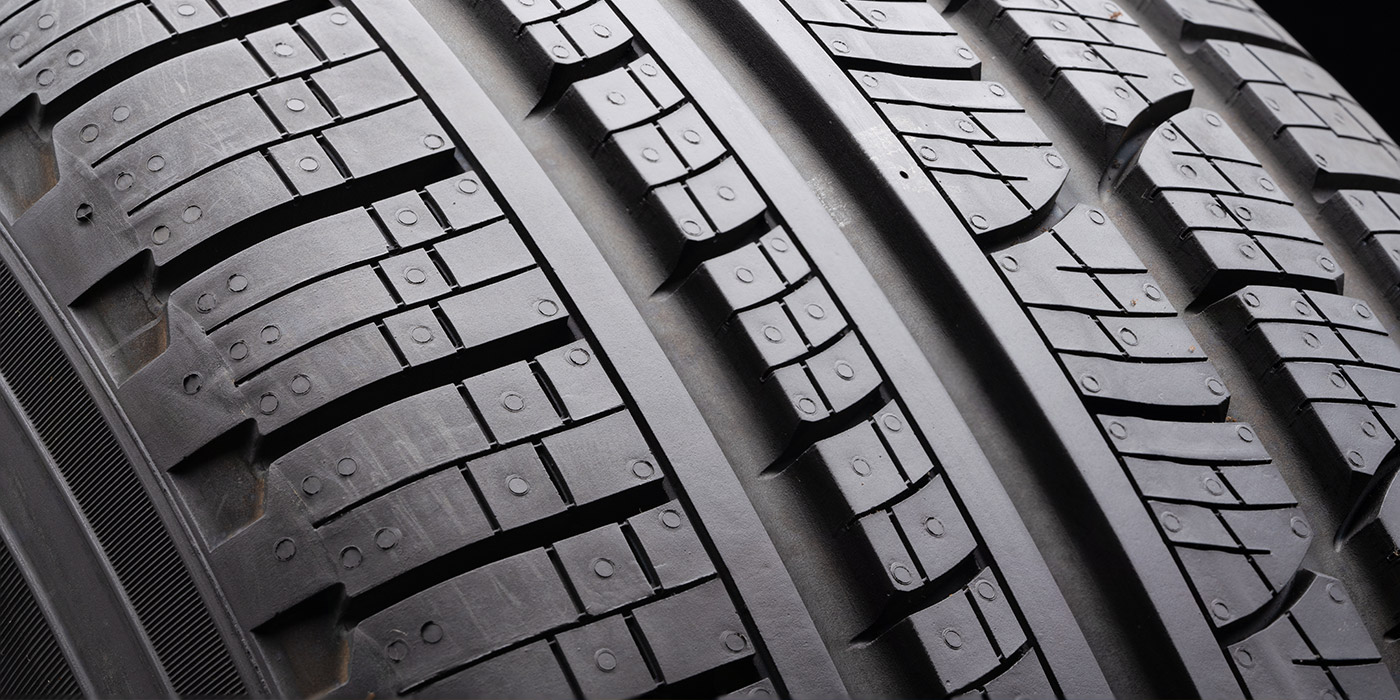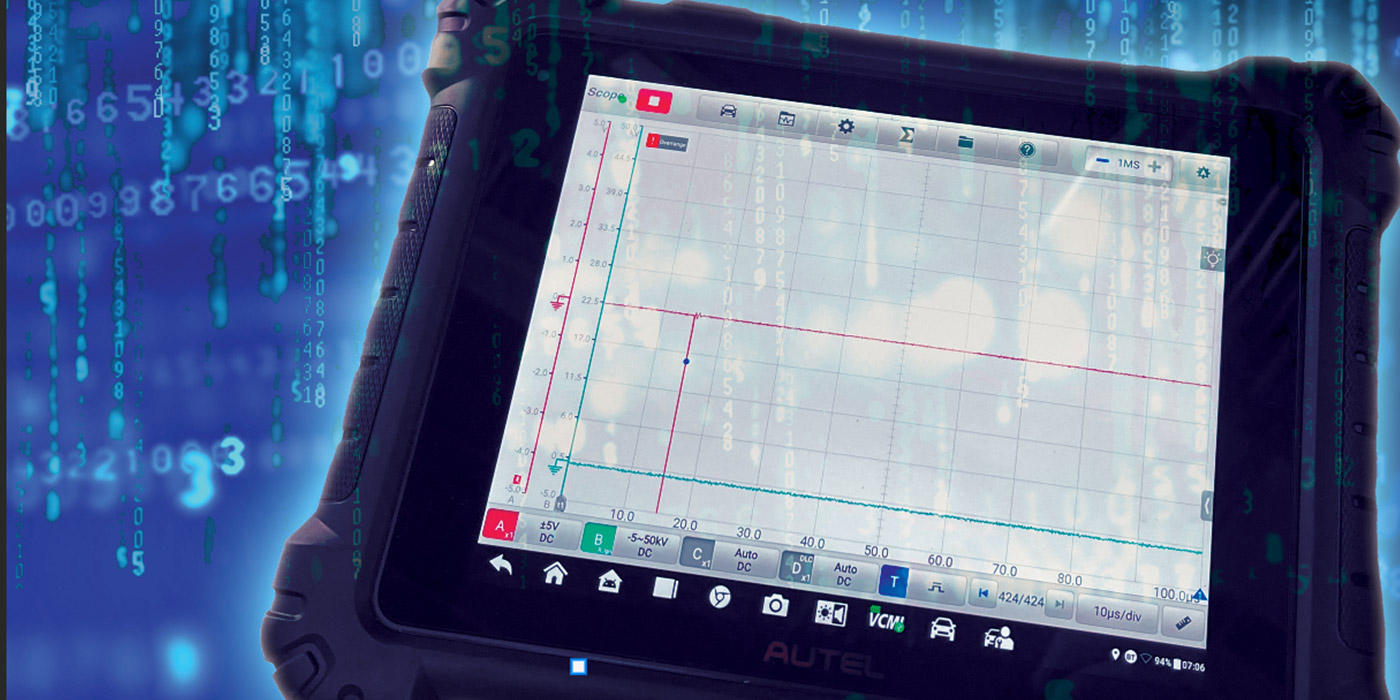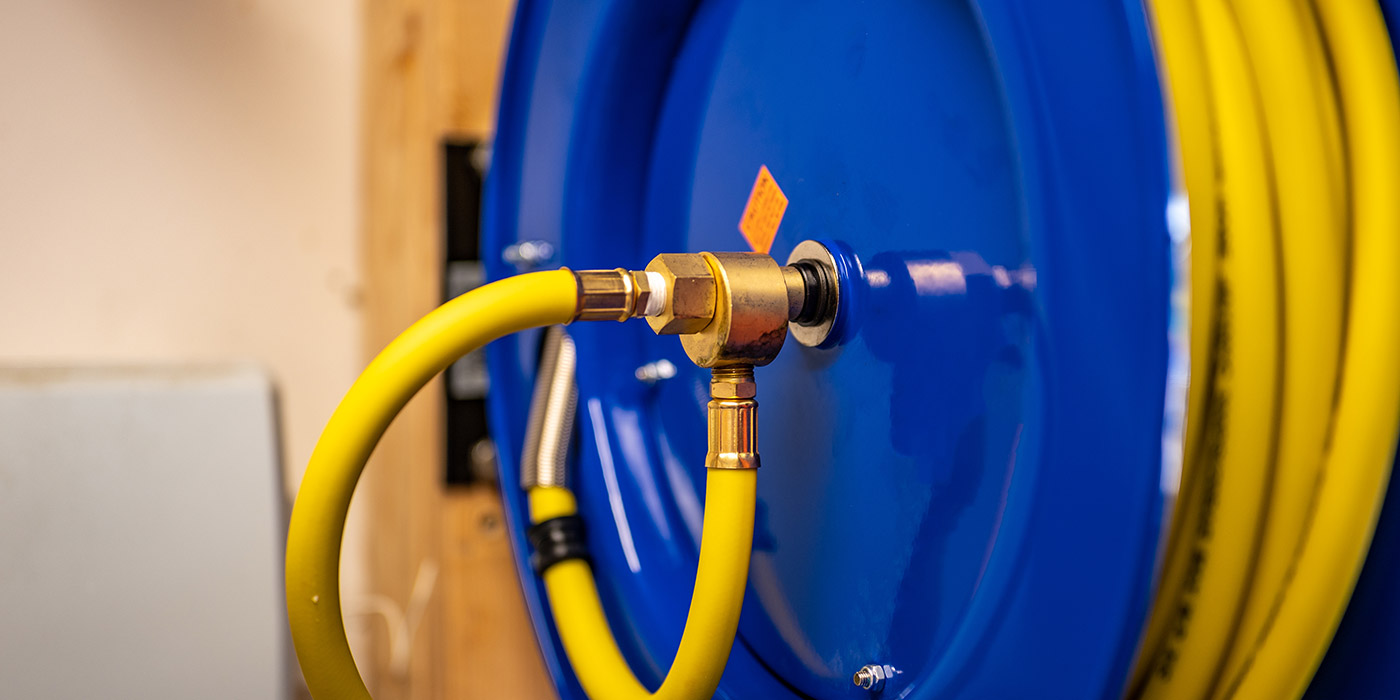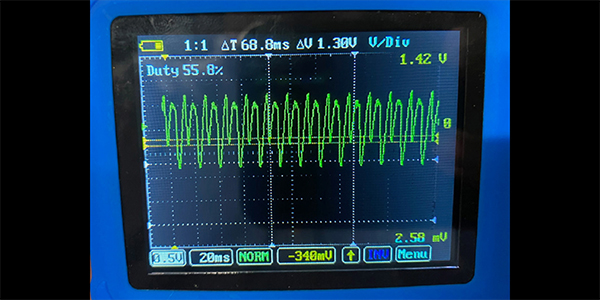Sometimes, in order to appreciate where we are, we have to look at where we’ve been. A few years back, I ran across an old flashlight in the basement of my parent’s house. I remembered it from when I was young, and I remembered it was a beast to lug around.
The frame that held the battery was missing, and I’m guessing it was only a 6-volt battery, but whatever it was, you can tell from the size of it (see photo at right), the battery was a monster, probably somewhere in between a motorcycle and small car battery.
The funny thing is, it was a cordless light, but of course we didn’t call it that. It was just a flashlight. So, it’s no wonder that once I built up a collection of air tools; it’s what I used and what I still use in the shop. Air tools will always have a place and will always be associated with automotive repair — for good reason — but cordless tools have opened a whole new world for us as technicians.
Cordless tools certainly aren’t new, but they get more advanced all the time. Some of you may remember the old adage when buying a car, “never buy a brand-new model, wait until the second year when all the bugs are worked out.” There was some truth to that many years ago, but you don’t hear it anymore.
Cordless tools went through their own growing pains, but those are long gone too. If you haven’t done so already, the time to build a cordless tool collection is now. The options and features of cordless lights and cordless tools are nothing short of downright impressive, and I think you’ll agree by the time you finish this article.
BATTERY LIFE
The heart of a cordless tool is its battery, and at the top of the food chain sits lithium-ion. What makes these batteries so good? The answer starts with the metal itself. Lithium is the lightest or least dense metal there is. It is also a very reactive element, meaning that it stores a lot of energy on a molecular level, giving it the greatest electrochemical potential of any metal. With these two characteristics put together, they offer the highest energy density and lightest weight.
Research proved that lithium was somewhat of an unstable metal, so to create a non-metallic battery with the same advantages, lithium ions were used and found to be quite stable in comparison, giving us the ideal platform for rechargeable batteries.
Another advantage to lithium-ion batteries is that they have no memory effect, which means that you do not have to completely discharge them before recharging. This brings up an important point: if you completely discharge a lithium-ion battery, it will ruin it. In practice, we don’t see this problem because lithium-ion batteries use small computers to manage them. You may notice that when a lithium-ion battery begins to get low, before the performance of the tool is affected, it simply stops or shuts off. This is the computer control preventing a complete discharge.
Not only are these batteries popular in cordless tools, but they’re in just about all of your small electronics like cell phones, tablets and laptops. Any technical disadvantages of lithium-ion batteries are far outweighed by their advantages, but the one thing that people quite often associate with them is catching on fire.
It’s true, that yes, these batteries can catch on fire, but it’s also true that it’s extremely uncommon. When it happens, it just gets over-publicized with as much shock factor as possible. If you think about the dangers of car batteries and think about what would happen if you shorted the positive and negative terminals together, you know what the result would be, and you know that any battery can catch on fire. Lithium-ion batteries are very small and very tightly constructed, and if a short occurs in a battery with a higher energy density of any other, the result is obvious.
So we’ve got batteries that pack a punch, and the best news is that they are not “mature,” which means they will be continuously advancing and improving over the years to come. The technology, the control, the longevity and their output will all get better and better with time.
INVESTING IN CORDLESS
Now let’s see what the tool companies have to offer. This is one of the most exciting aspects of cordless tools. What started with impacts, drills and lights has expanded into complete cordless systems. Not only can we take advantage of these tools in the shop, but many companies offer everything from hedge trimmers to circular saws and everything in between. If it is powered by air, gas or corded, you can bet it is now also available as a cordless tool. Your investment in cordless equipment will benefit you at the shop, at home and on a road call.
I‘ve been building a new collection of cordless tools that go with me everywhere. I had some older ones that did me well, and I was hesitant to pull the trigger at first to buy new, but seeing all the latest technology, I couldn’t resist, and it is absolutely the best thing to happen to my tool collection in a long time. They work great, they are lightweight and the battery power and longevity amazes me every time I use them.
One of our industry experts that we frequent for information is Matco Tools distributor Denny Morgan. The last time I brought up the question of cordless, “technicians like cordless tools,” was his immediate response, so I decided to call him and see what was hot off the tool truck.
“Technicians still like cordless tools,” Morgan started off. He told me that the cordless grinding and cutting tools are becoming very popular, and that 1/2-in. and 3/8-in. impact wrenches are still moving off the truck as often as they always have. “The battery technology is continuously advancing. They are smaller, lighter and more powerful than ever, which has driven the development of a wide selection of cordless tools and equipment.”
One more tool taking off in popularity is the cordless ratchet. “Cordless ratchets have become so small and powerful now that I can’t keep them in stock,” Morgan said. “All of the new cordless tools have done really well because so many guys like to go home and do side work, and many don’t have a compressor at home. And of course, the cordless lights are as popular as ever,” he added.
At a recent trade show, we asked a number of light companies about some of the latest features techs should look for. One new LED, lithium-ion light is a headlamp at first impression but comes with additional mounting for a hard hat and a magnetic mount for use anywhere on a vehicle. The new light features several power and light modes along with optical beam adjustment. I personally like the magnetic charging system, which eliminates a power port that collects dirt, wears out or takes fumbling around to connect. With one quick “snap,” the magnet takes hold and it’s charging. The icing on the cake is an app mode that gives you custom control of the light from your cell phone.
Never would I have imagined so many features packed into a light, and with this kind of creative technology, I can’t wait to see what comes along in the next few years.
GET YOUR MOTOR RUNNIN’
Let’s get back to the cordless tools and look at another key to their advancement, the brushless motor. A traditional brushed motor operates by passing current through a set of brushes that are in physical contact with a commutator. The current then travels through the commutator and into a series of copper windings called the armature. The current flow through the windings creates a magnetic field, which in turn opposes the field created by fixed magnets around the armature, causing the armature to rotate.
A brushless motor, as the name indicates, has no brushes or commutator. The windings are no longer on the armature, but the magnets are relocated to the motor shaft and the windings surround them. This allows the current to the windings to be delivered without the brushes or commutator, which saves space and eliminates the friction between the two.
By eliminating the friction, as well as a voltage drop that occurs between the brushes and commutator in a traditional brushed motor, the brushless motor becomes inherently more efficient and the precise control of the current flow through the windings offer greater efficiency and longer lasting motors.
In addition to the batteries and the motors, endless creativity, research and technology enhances the usefulness and safety of cordless tools and equipment, giving technicians like us the edge when we reach for cordless.





